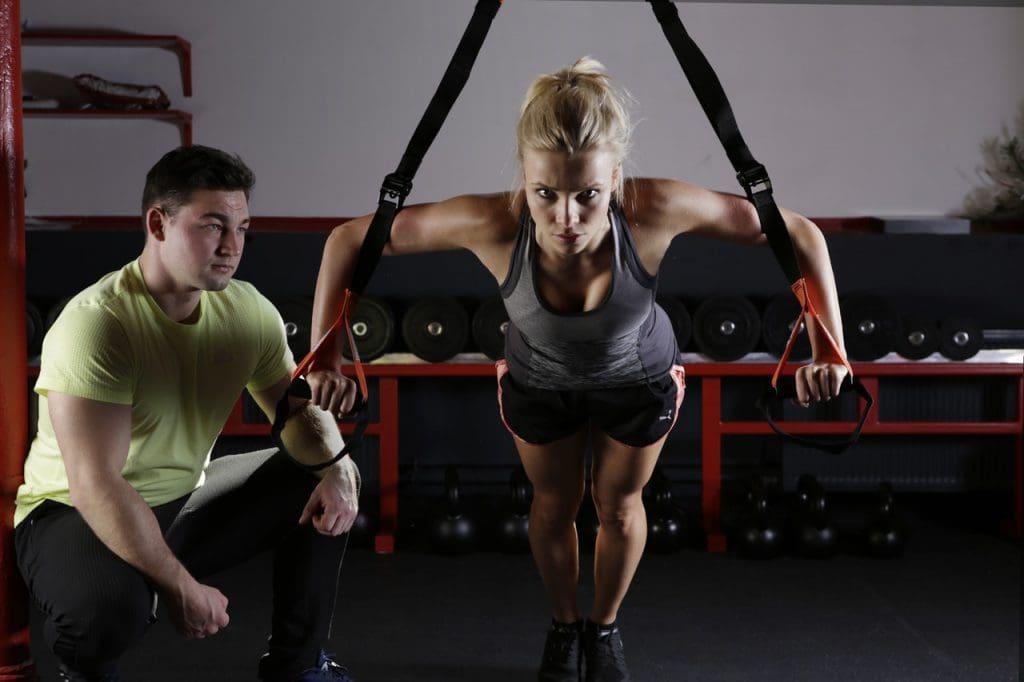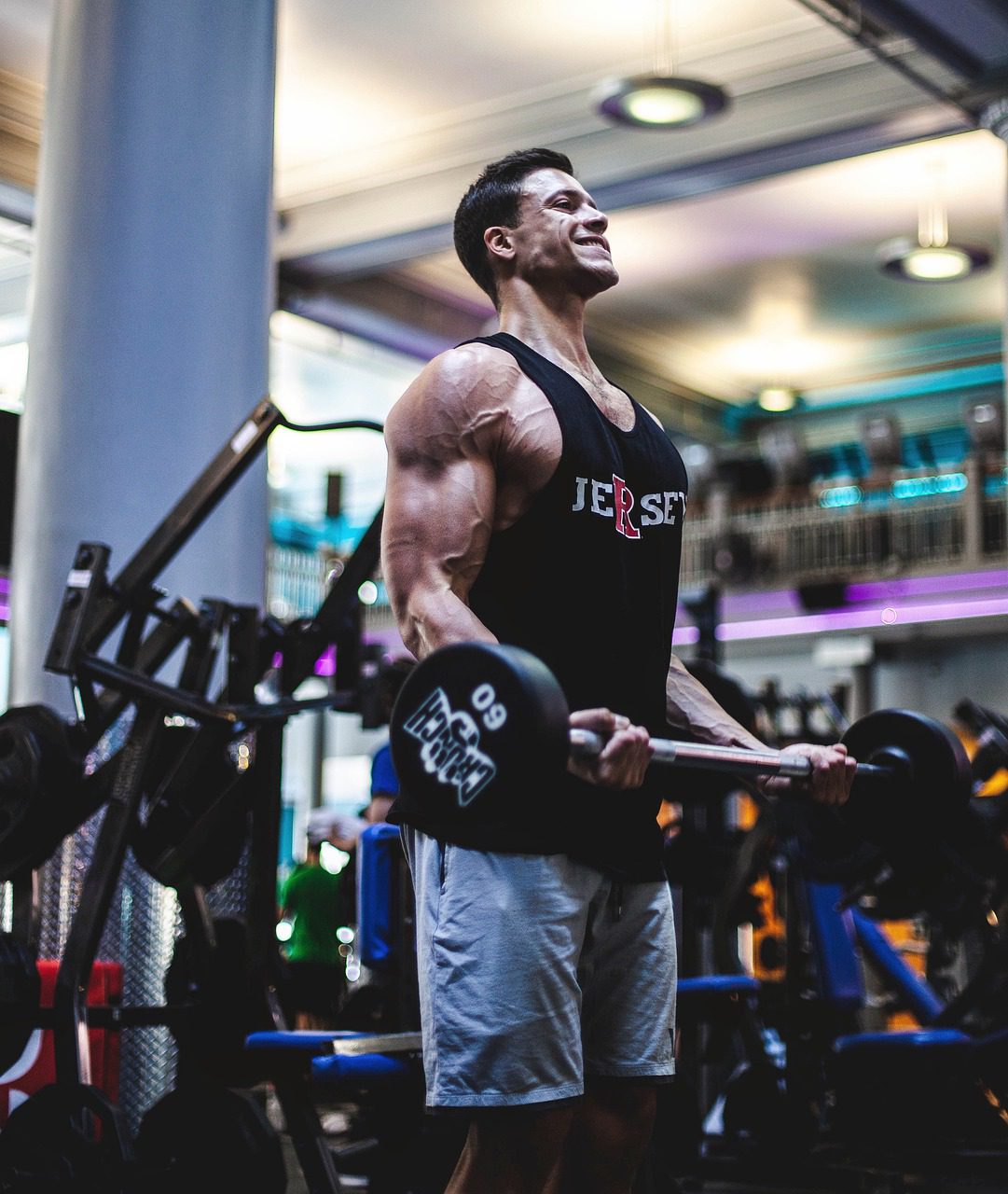Are you planning to lift some weight? If you’re new to the world of weightlifting, you probably have a lot of questions. You’re asking what the big deal is with lifting weights and how in the world is this going to help you? If you’re a beginner at weightlifting, you shouldn’t worry about these questions. All you really need are some good weightlifting tips to get you started on the right track to bulk up the muscles on your body.
If you’re looking for information on how to get bigger, stronger, and faster, you’ve come to the right place. In this article, we’re going to share with you some valuable weightlifting tips for beginners. Here’s what you should know:
Table of Contents
1. Warm-up Muscles
You have to warm up before hitting the weights. Many weightlifters tend to skip this step and only focus on building their muscles when they’re about to lift. By warming up your muscles first, you’ll notice a huge difference in your performance once you do it.
The weightlifter should warm up by doing light cardio work for at least ten minutes. This will help the body become more accustomed to the work that the weightlifter is doing and allow the body to become fit faster. It’ll also allow the weightlifter to have better endurance, and they’ll maintain proper form when performing the routine.
By warming up the body, you may prevent injury and not have as much strain placed on the muscles as it would.
2. Establish A Proper Weightlifting Routine
If you want to achieve your body goals, make sure you have a proper weight lifting routine. A lot of beginners make the mistake of starting out doing just any old routine. The thing is, when you’re starting, you don’t have to follow the same routine every time. A good weightlifter always devises a unique routine for each workout session. This way, they can continue to challenge themselves throughout their time lifting weights.
3. Choose The Right Weightlifting Equipment
The next tip is to choose the right weightlifting equipment, such as the best weight lifting belts for women, that’ll be most effective for you. When selecting the weights, you should remember that you’ll be using them mostly in your routine. Therefore, it’s necessary to select the most durable and strong equipment possible.
The type of equipment that’s selected should match the muscle group that’ll be trained. If you intend to train your chest muscle group, you should use a piece of weightlifting equipment that can be used to train both the chest muscles and the arms.
4. Solid Diet

Since a weightlifter burns off tons of calories and fat while they’re at the gym, a healthy diet plan is very important for them. They should eat protein, carbs, fats, fruits, veggies, and anything else that’ll boost their energy, giving them a boost for their routine. A weightlifter should stay away from simple carbs such as bread and pasta. These will keep you hungry for many hours, which won’t help you shed pounds. For example, the carnivore diet can also help build muscle, and reduce aches and pains as you build your weightlifting routine.
As for drinks, they should either drink water or a sports drink. Also, never lift if you’re dehydrated. Even though you might want to, you just can’t push your weightlifter’s body to work harder. If you’re dehydrated, your lifting performance will suffer as well. Consume a sports drink to keep yourself hydrated before and after each weightlifting session.
5. Observe Proper Form When Lifting Weights
You must never forget about proper form when you’re lifting weights. Weightlifters fail to reach their goals because of improper form. So, if you’re a beginner, you need to focus on improving your form before you start lifting heavier weights. Using men’s weightlifting shoes enhances your abilities to maintain proper posture throughout lifts.
Working out with an uneven or unsteady motion can lead to injury. It’s best to find a workout coach that’ll teach you the proper form to ensure that you adhere to the necessary safety measures.
6. Start Out Slow
It’s best to start slow when you’ve just started lifting weights. It’s recommended that you perform just one repetition of each exercise at least five times. Then, move on to two repetitions, followed by one repetition. By starting with low repetitions, your muscles will be less likely to become sore and frustrated.
After a couple of weeks of sticking to a beginner weightlifting routine, you may begin progressively challenging your body by adding more weight to the machines or doing more repetitions.
The beginner should take it easy at first and not strain themself too much. Rest periods should be just as short between workouts as they were for the previous session.
7. Proper Rest
Another thing that you should be aware of when you start weightlifting is rest. Rest is extremely important for the growth of your muscles. As a beginner, you have to make sure that you’re getting enough rest between workouts. This is especially true during the first two months when your muscles are still very raw and new.
8. Consider Going To A Local Gym

Along with developing your body, a local gym is a great way to get a professional trainer’s expertise. Another advantage of going to the gym is having access to a lot of weightlifting equipment. Even if you don’t know how to use some of the equipment, the trainers at the gym will be happy to show you, which means you’ll be executing the equipment in proper form. If you need some advice or help, the gym members will be glad to assist you, too.
Conclusion
It’s easy for beginners to be intimidated and disappointed when they start lifting weights. But you need to understand that it takes time to develop muscles and increase your body strength. Just stick to your daily weightlifting routine, and eventually, you’ll enjoy the benefits of lifting weights.
With the help of the tips above, you’ll have tremendous aid in helping your body to be prepared for the challenges that it’ll face in weightlifting.
Featured Image by Total Shape from Pixabay




